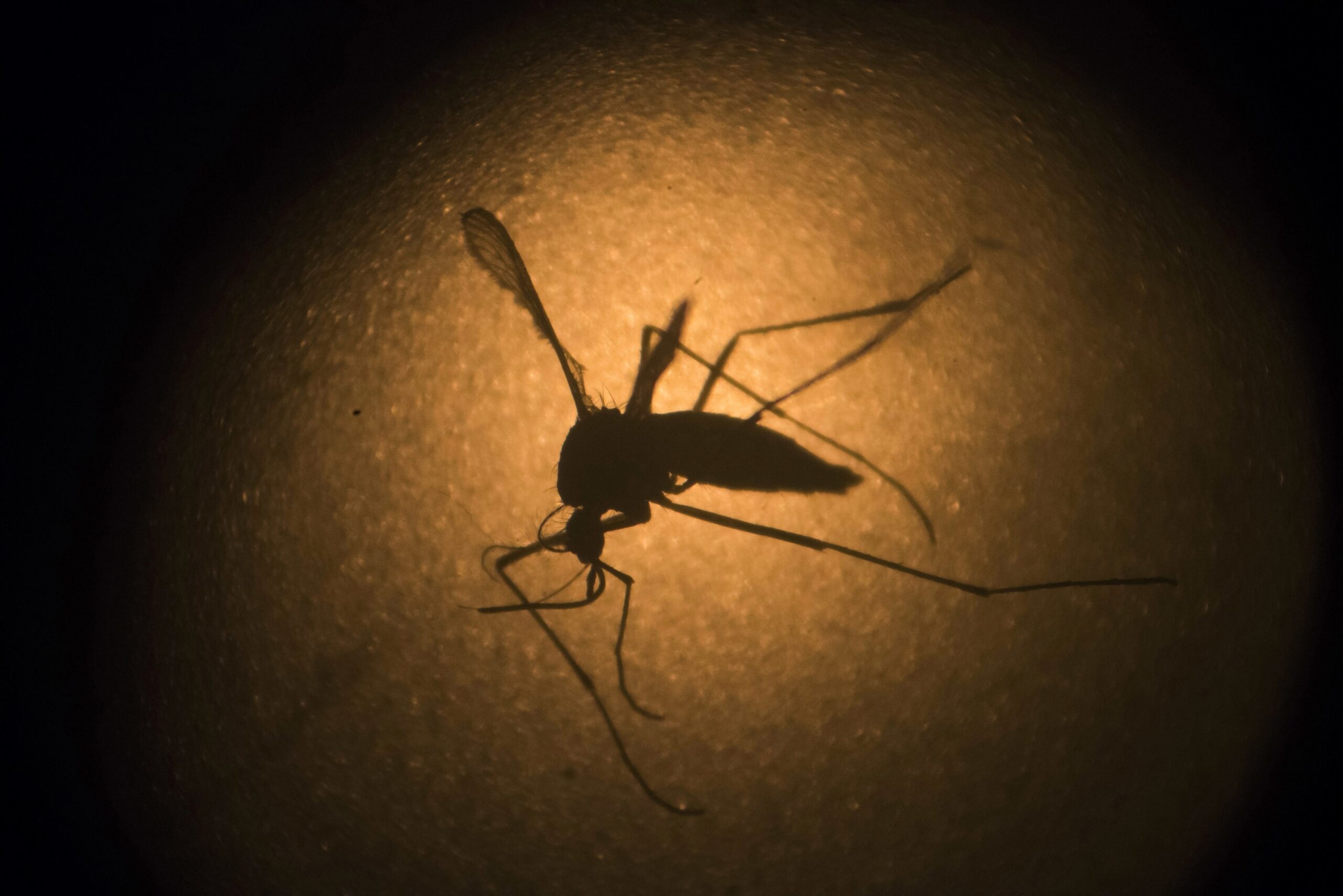
As climate change intensifies, the world’s mosquito problem will only get worse, Dr. Beatriz Tapia of the University of Texas Rio Grande Valley School of Medicine said during a community outreach event Wednesday by UTRGV’s Center for Vector-Borne Diseases.
Tapia, a UTRGV associate professor in the Department of Pediatrics and assistant dean of Faculty Development at the UTRGV School of Medicine, spoke during the center’s inaugural community outreach seminar, a Zoom presentation about the arboviral diseases chikungunya, Zika and dengue.
She said researchers have shown that these and other mosquito-borne diseases have become more prevalent as the world’s climate warms.
“South Texas is a sub-tropical climate. If I were a mosquito this is where I would want to live,” Tapia, who has extensive experience tracking community spread of viral diseases like Zika, said.
She also said climate change has had a huge impact in allowing mosquitoes to survive in “places we never thought possible.” The main danger months for mosquitoes are September through November here and elsewhere.
She said Cameron County had a confirmed locally transmitted case of Zika in 2016, which underscores the need to protect against mosquito bites. Zika can cause devastating congenital birth defects.
Tapia said tracking mosquito-borne diseases is an easier task in the Valley because of the excellent work done by public health departments in both Cameron and Hidalgo counties. Citing a 2017 article she said Brownsville has an “untraceable churn of people” going back and forth to Mexico, which has higher rates of Zika and wraps around a large swath of Brownville. In 2017 the churn numbered 46,395 bus passengers, 9.4 million car passengers and 2.6 million people on foot, she said, quoting the article.
“Going back and forth to Mexico is a way of life” in Brownsville, Esperanza Guajardo, the Cameron County health administrator, says in the article.
Tapia characterized Brownsville and Cameron County as a medically underserved area where many lack medical insurance, particularly so in colonias where the lack of insurance is higher.
Treatment for the three diseases mainly involves clinical management of the symptoms, things that make you feel better, although a vaccine for dengue has recently been authorized.
The main defense remains vector control, or controlling mosquito populations, something Valley residents are well aware of, Tapia said. The main defenses include:
>> Mosquito habitat control by mitigating standing water
>> Pesticides and larvicides to chemically control mosquito populations, and
>> Personal things that one can do including air conditioning, using mosquito repellent and wearing long-sleeved shirts and pants to ward off mosquitoes.



